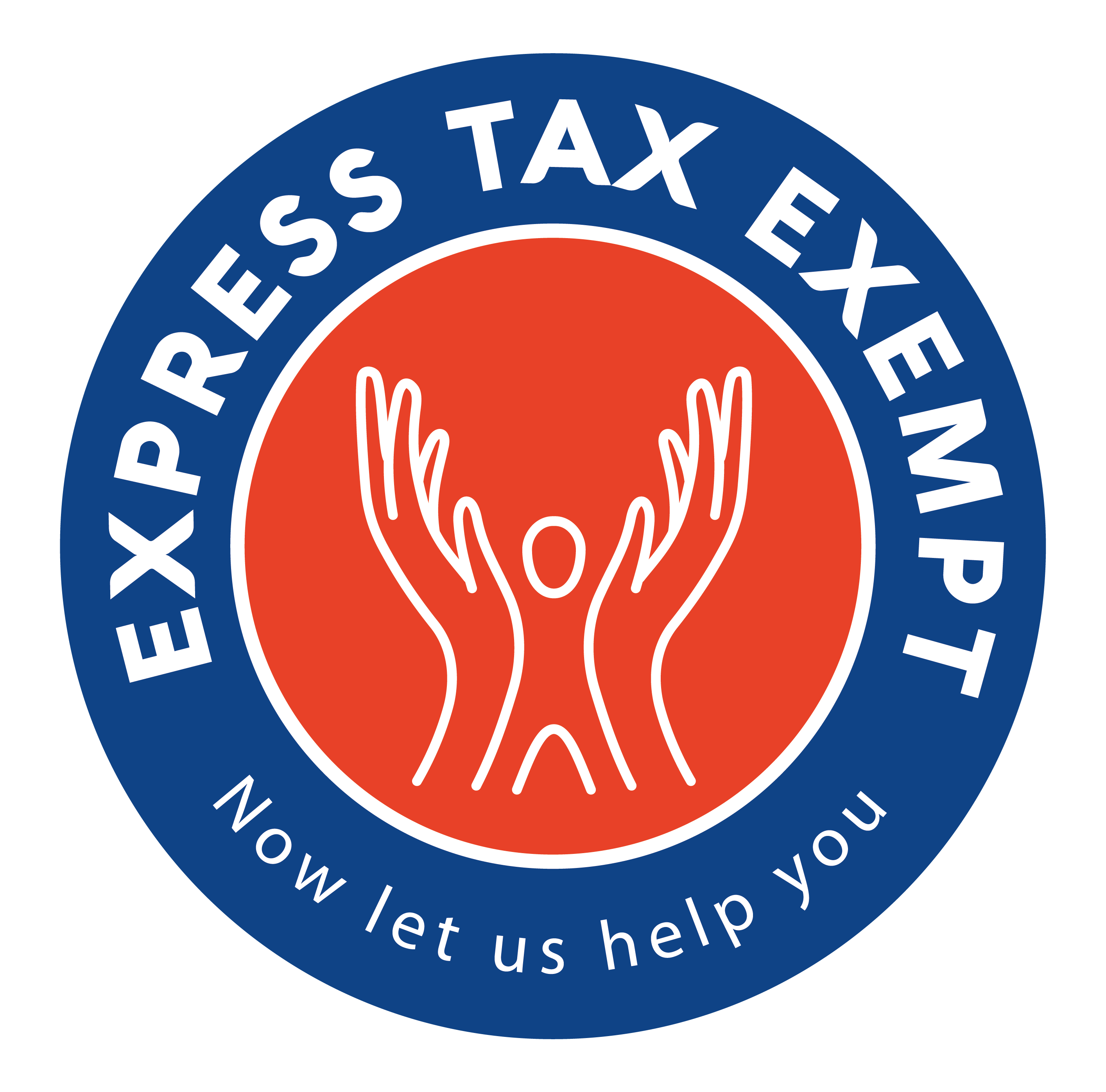Becoming a Nonprofit or Tax-Exempt Organization
First Step: Educate Yourself
Do Some Research. You need to figure out if there are any other nonprofit organizations that are currently providing the same type of service in your community. It may prove harder to find support if you’re just copying existing services rather than improving or adding to them.
Be familiar with how a need isn’t being met within demographic or population data that shows a need for your services.
Is A Nonprofit the Correct Path? As a possible Public Charity, you must organize and operate exclusively for exempt purposes that are in place with section 501(c)(3) of the Internal Revenue Code.
Know and Consider the Alternatives. You may find that building a nonprofit a complicated way just to pursue your passion to serve your community. Developing and maintaining reliable income streams will most likely be your greatest challenge. Statistics show that less than half of new nonprofits make it over five years, and those who do make it, at least a third of them are in financial stress.
Second Step: Build a Sturdy Foundation
Create a Mission Statement. Presenting your mission statement is a critical step. It tells your organization’s purpose, what types of people you serve, and how you serve them. Every move you make with your organization should be to support and progress your mission.
Draft a Business Plan. By having a business plan, you can efficiently describe, in detail, your organization’s intention for achieving its mission. A business plan can also be used to outline new projects or ventures.
Develop Your Board. Your board will perform a variety of roles and legal responsibilities. It will also change as your organization grows in order to carry out duties effectively. Your recruitment will be most important, but also systematic board development like orientation, training, evaluation, and the cultivation of board members are crucial to overall success.
Third Step: Incorporate Your Nonprofit
Reasons you should incorporate:
- Formal structure adds credibility to your programs and services
- Corporate structure limits the liability of your organization’s officers and directors
- Documents, policies, and procedures associated with corporations are required by the IRS
Fourth Step: File for 501(c)(3) Tax-Exempt Status
Eventually, you’ll need to apply for tax-exempt status with the IRS. There is a registration fee that depends on your average annual gross receipts. The decision from the IRS could also take up to a year to receive based on the information from your application.
Fifth Step: Continuous Compliance
Register with Your State’s Agency. Your state agency manages charitable organizations and solicitations. If you plan to get contributions from other states, you would need to register again within those states. Registration requirements may vary from state to state.
File Your Required Federal Returns. To receive tax-exempt status, you should act like a tax-exempt organization from the day of your incorporation. That means filing a Form 990 even if you’re a start-up, even if you had a short tax year, even if you brought in no revenue at all. Forms break down like this:
- Form 990 (Long Form) – For tax-exempt organizations with gross receipts greater than or equal to $200,000 and total assets greater than or equal to $500,000.
- Form 990-EZ – For tax-exempt organizations with gross receipts less than $200,000 and total assets less than $500,000.
- Form 990-N (e-Postcard) – For tax-exempt organizations with gross receipts less than $50,000.
These returns are due on 15th day of the 5th month after your tax end date and, if you fail to file for three consecutive years, you’ll automatically lose your tax-exempt status.
Each guideline may vary with each state so it’s recommended that you consult with a tax professional for detailed assistance. Stay in compliance with the IRS by e-filing your tax-exempt return with Express990. We support all three 990 forms for tax-exempt organizations, and we offer a safe, secure, and accurate e-filing process that will save you time and money.


